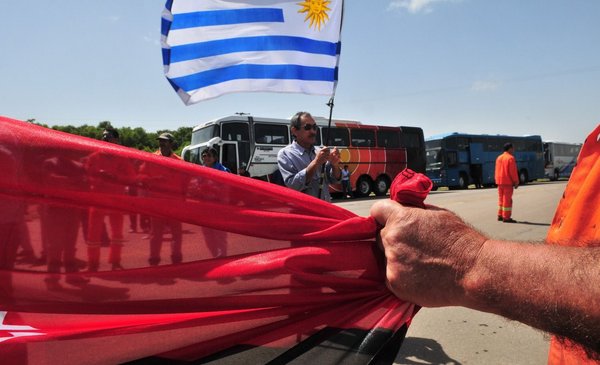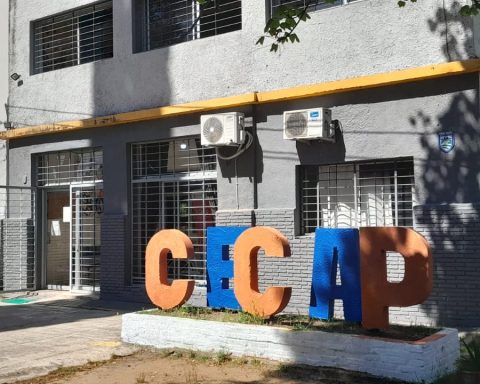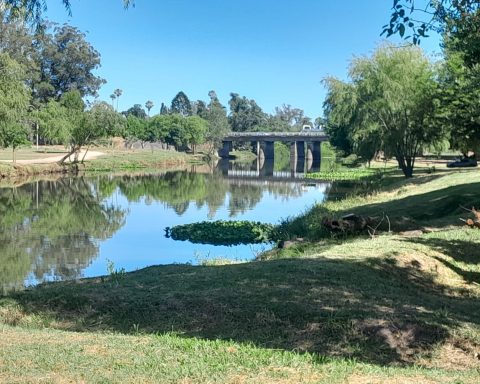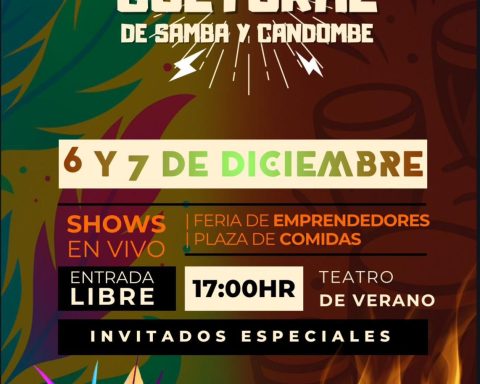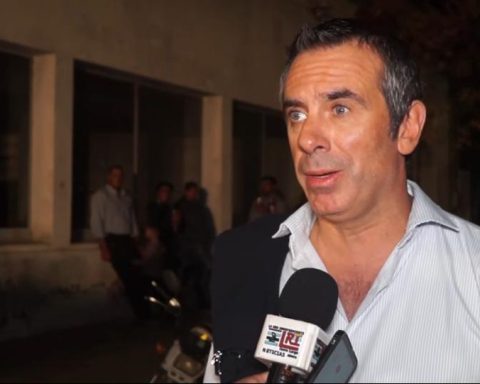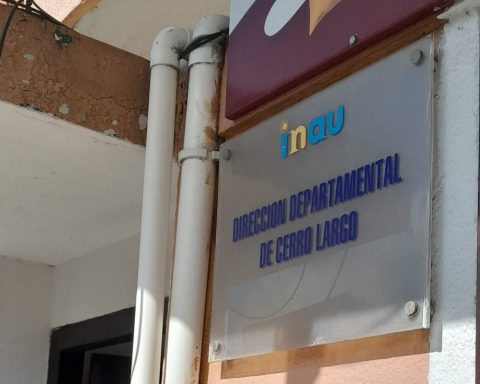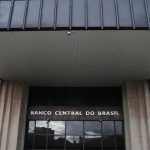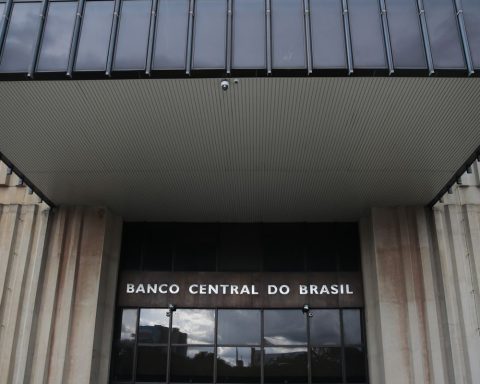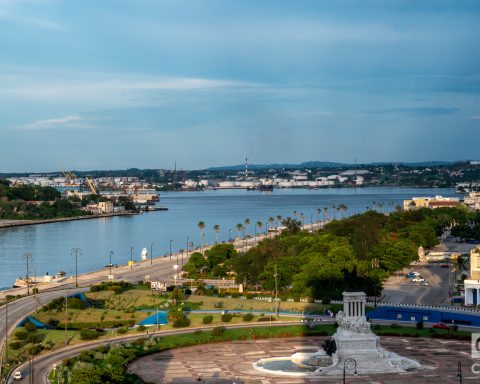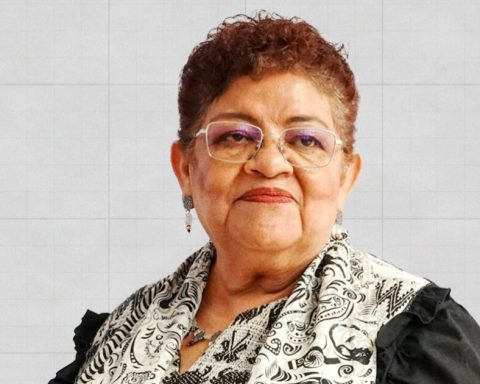In May 2006, through a decree, the occupation of private workplaces came to be considered an extension of the right to strike. In December 2010, another decree It established the immediate eviction of the occupied public offices. In them was the origin of an “inequitable” situation that the current government, a decade later, corrected through the law of urgent consideration (LUC).
At least that is what the Minister of Labor, Pablo Mieres, told El Observador, defending the validity of a “fair” norm, that runs the risk of falling by the wayside if the Yes wins in the referendum on March 27. The article 392 consecrates “freedom of work” by guaranteeing, “the peaceful exercise of the right to strike, that of non-strikers to access and work in the establishments” and “that of the management of the companies to freely enter the facilities”.
It is related to other contested articles: the 468, which declares “illegitimate pickets that prevent the free movement of people, goods or services in public or private spaces for public use”, and the 469which enables the Ministry of the Interior to dispose of the “relevant measures” to guarantee free circulation and public order.
Its application meant, until this Friday, 26 interventions by the authorities: 21 occupations were dismantled and five pickets were dissolved.
The tour began on September 2, 2020. It was at the central location of the UTU. Teachers and officials protested “budget cuts.” The premises would be occupied again on October 20 of that year. The last intervention, according to official data, was on February 18 of this year, at a service station in Salto.
In the middle, the Regulator for Secondary Education, the Teacher Improvement Institute, ten high schools, the Higher Technological Institute, the Cerro Technical School, the Santa Catalina School, the Aguas Corrientes water treatment plant and seven OSE offices, five of them simultaneously The Ancap headquarters, the Capurro de Alcoholes del Uruguay (ALUR) plant, the Acodike plant and a rural establishment in Canelones were also occupied. Only in the two occupations of the central UTU and in one of the OSE occupations was the police presence necessary. In the rest, the notice was enough for the measure to be deactivated.
Mieres assessed the results. “There was a permanent dialogue. When it came to the point of having to request the intervention of the Ministry of the Interior, it was done in an orderly manner, within the rules of the game”. The exception was the violent picket eviction that took place in December 2021 at the entrance of the Tres Cruces Terminal. A protester was injured by police rubber bullets. “That should never have happened,” said the minister.
should be allowed
Mieres defends that the regulations are a “verbatim copy” of a ruling by the Committee on Freedom of Association of the International Labor Organization (ILO), which had objected at the time to the decrees that the Broad Front put into effect.
In his presentation to Parliament when the law was discussed, the representative of that office, Humberto Villasmil, did not object to what is related to the occupations. He did point out that strike actions are usually accompanied by pickets at the entrance to workplaces, in order to ensure the success of the measure. Therefore they should be allowed, as long as they take place peacefully. “It would be preferable if the restrictions were limited to cases in which these actions cease to be peaceful”, said. “The public force should only be used in exceptional circumstances.” In all cases, he stressed, it must be guaranteed that non-strikers can access work, as well as the management enter the company premises.
In its report to Parliament, the PIT-CNT questioned whether article 398 assimilates a fundamental right, such as freedom of work, with the employer’s power to direct and organize work within the establishment. “We don’t understand it from,” he said to himself. The trade union movement warned that the government was making “inappropriate use” of the constitutional mechanism of laws of urgent consideration and thus regulating a “fundamental human right” like the strike. Also, that the regulations restrict this right, its exercise and its effectiveness, enshrined in article 57 of the Constitution without prior conditions.
With regard to picketing, the PIT-CNT asserts that the LUC does not distinguish between picketing carried out as a civil action and picketing carried out as a form of the right to strike. “Not only is the right of citizens to demonstrate freely being violated, but also to do so as workers,” it concludes.
The interpretation of the PIT-CNT is that the article 57 of the constitutional text enables the picket, since it is a modality that can be assumed by a strike. he
